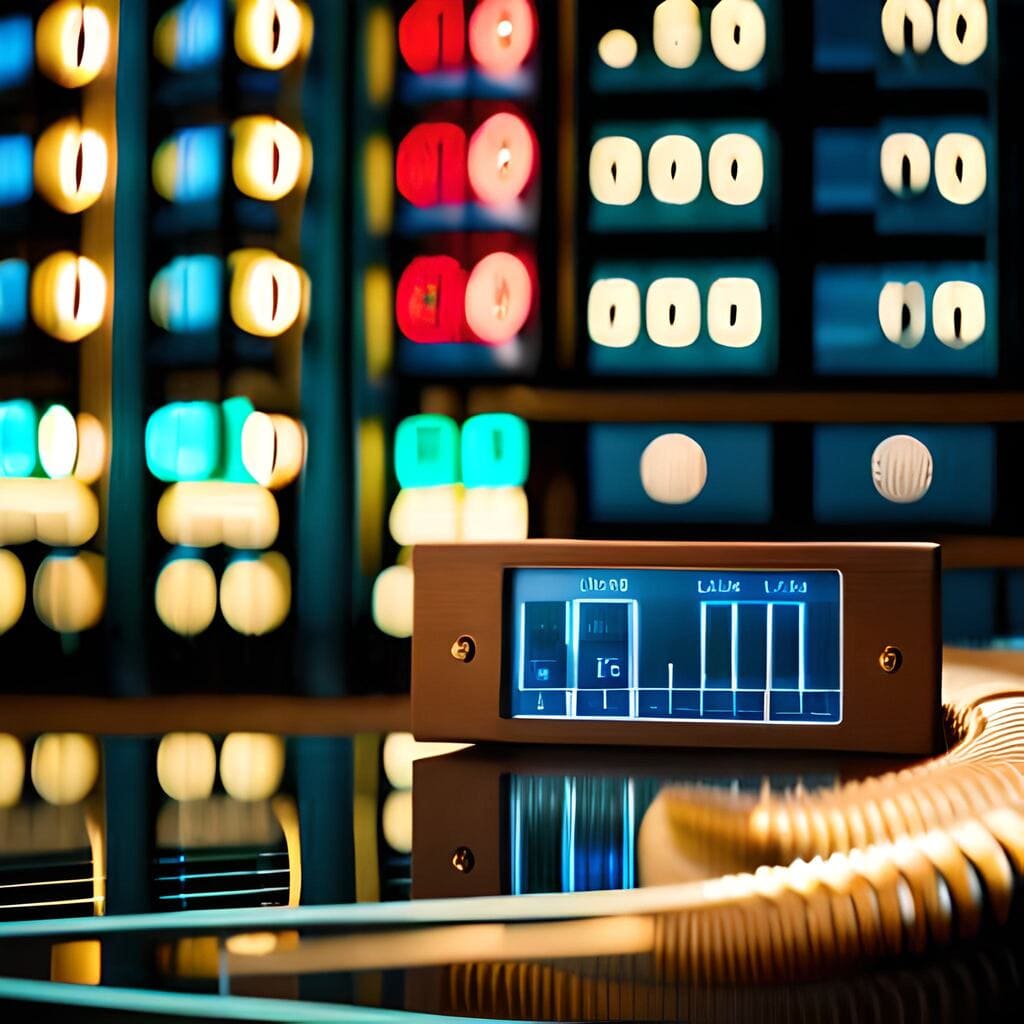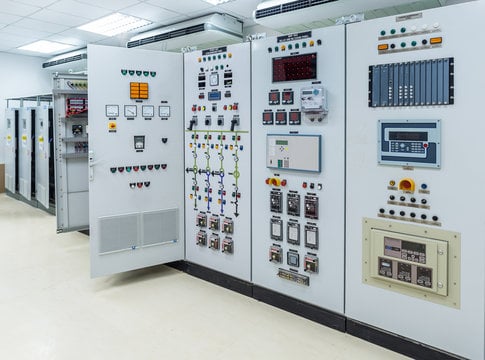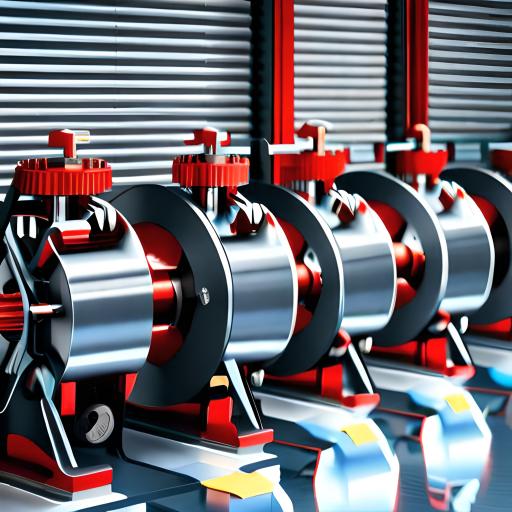Since it affects both the quality of the electricity and how well the equipment works, harmonics are an important subject in a power system. High harmonic levels might lead to component overheating and reduce the device’s lifetime. Harmonics cause the pure sinusoidal wave generated by a perfect power source to be warped.
Harmonic distortion impairs a company’s ability to produce and run its activities. Here are some harmonic distortion’s financial effects.
- Harmonics result in additional component losses (Joule effect).
- The presence of harmonics causes subscribed power to grow, which raises customer service costs.
- Equipment oversizing due to a decrease in power sources.
- The life of numerous components is limited when the distortion level approaches 10%, which lowers production.
- Harmonics create peak currents that annoy old technology devices and trip them, causing production losses and a significant cost for the time required to get the system working again.
Causes of Harmonics:
Harmonics are created by nonlinear loads that draw current in sharp, short bursts. These pulses disrupt the current waves they produce, which allows harmonic currents to flow across the whole power system. Harmonics reduce the efficiency and quality of power in industrial environments. Most organizations have electrical infrastructure that can safely handle loads that are up to 15% non-linear.
Negative harmonic distortions may occur if non-linear loads reach 15%. As a result, it is crucial to monitor harmonic levels to make sure they stay within the permitted ranges. Thus, harmonic investigation and analysis aid in maintaining awareness of prospective threats and their root causes, making it easier to avoid harmonic-related problems throughout the design process and reducing the chance of unintended consequences.
Procedure of Harmonic Analysis:
Despite the low likelihood of harmonic problems, it is nevertheless necessary to do a timely harmonic analysis to ensure that the harmonic levels are appropriate. The harmonic level progressions are as follows:
- The first step entails getting an electrical one-line diagram and figuring out which nonlinear loads are reachable.
- The illustration highlights the location of the common connection (PCC).
- System bus distortion-prone plants are highlighted.
- All harmonics information has been acquired.
- Obtain from utility companies the PCC values that have been set, such as the maximum and lowest levels of short circuit faults and the permitted current and voltage harmonics.
- Using free software, a simulated harmonic analysis is carried out.
- Examine the electrical system’s harmonics.
- Calculate the generalized and specific voltage and current distortions at the buses and PCC.
- Create a harmonic frequency spectrum.
- Select appropriate harmonic control measures. Harmonic distortion exceeds allowable limits.
- Once mitigating variables are considered, do the harmonic analysis again.
An authorized provider of harmonic analysis and research is CareLabs. Experts with experience can perform accurate, risk-free testing to determine problematic harmonic levels and can help keep harmonics at appropriate levels without causing further problems.
CareLabs Service Benefits:
- More secure power systems that adhere to government standards and regulations.
- Electrical systems that are fully integrated save time and money.
- Create a more secure work environment.
- Provide quick solutions in an emergency.
- Expand safety margins.
- Save time by automatically generating work permits and arc flash labels.
- Avert possible fines and legal fees.
To guarantee that our experts are accessible in the event of a routine or urgent emergency, CareLabs has crew members stationed in many locations. CareLabs has gained a clientele with a solid reputation and positive reviews while quickly establishing itself as an ISO 9001:2008-accredited organization.
Brussels, Antwerp, Liege, and Ghent are just a few of the major places where CareLabs provides research and analysis services for harmonics.




